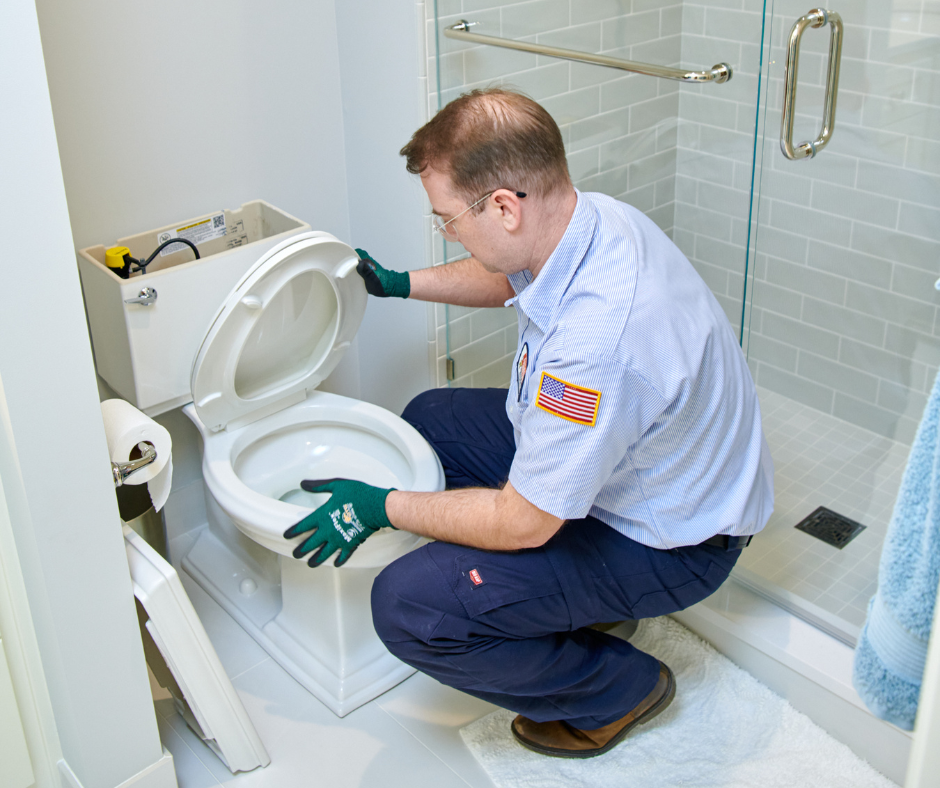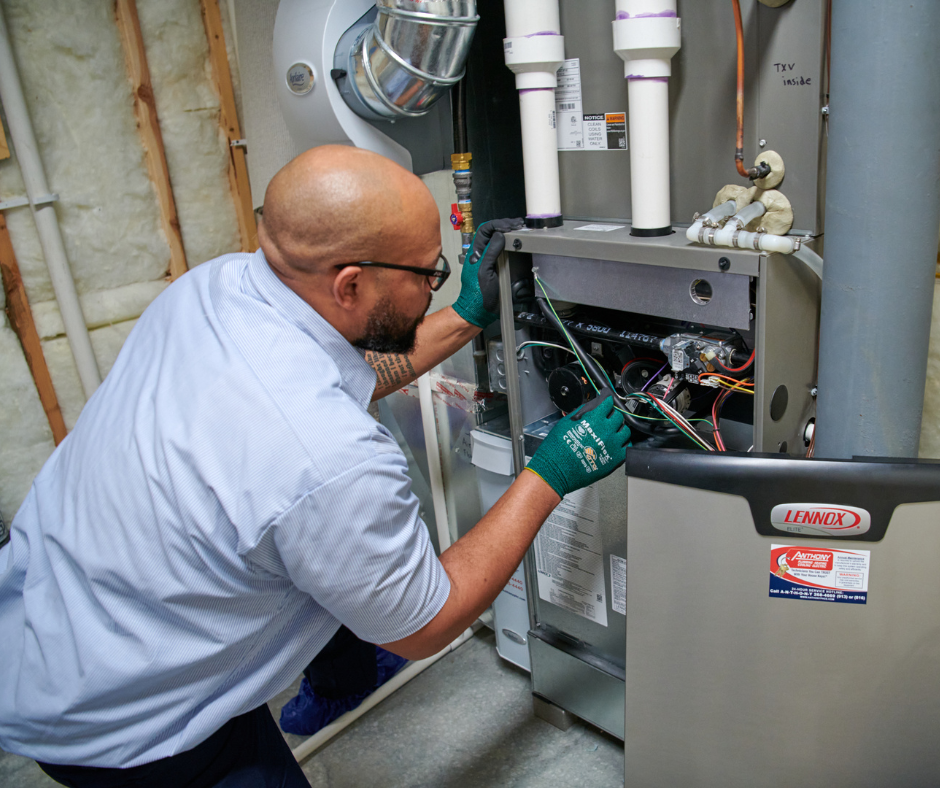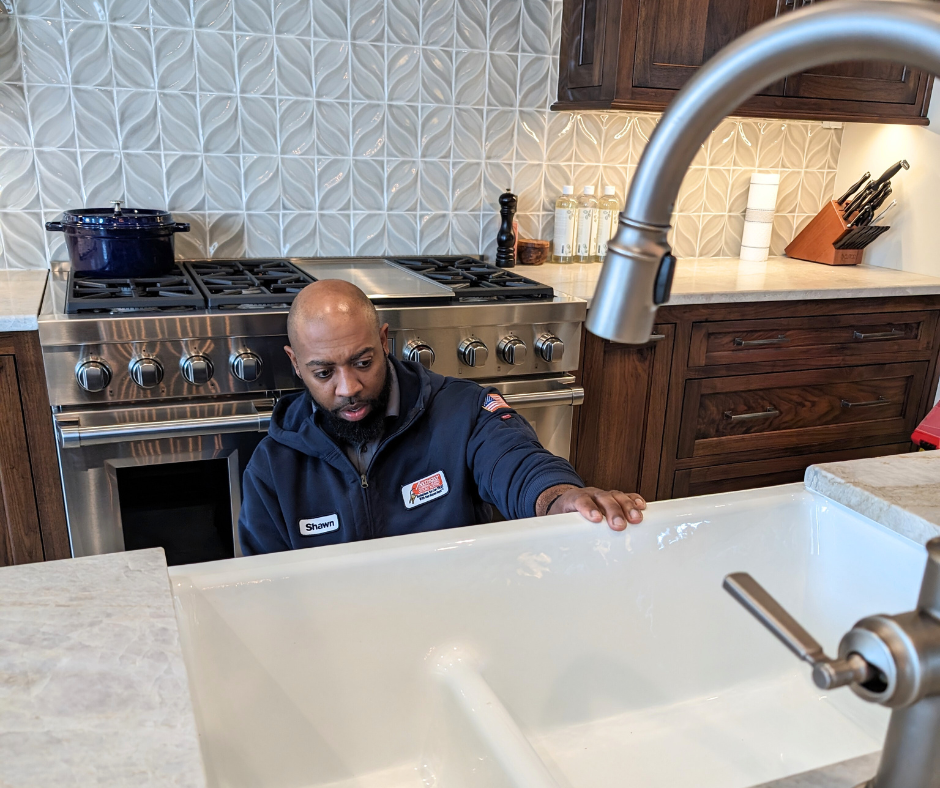BLOG
Your Guide to the Air Cleaner

Cleaner Air in Your Home
If you’ve noticed dust, pollen, pet dander, dust mites, mold spores and bacteria invading your home, an electronic air cleaner is the perfect solution. Pollution isn’t a curse exclusive to the outdoors. In fact, trapped indoor air can be more polluted than outdoor air. Even though you may have filters in your furnace and air conditioner, these filters only stop about 15% of harmful airborne particles. We’ll go over the different types of contaminants that can enter your home, how these contaminants affect your health, how electronic air cleaners work to combat these contaminants, types of air cleaners, and other ways you can improve the air quality of you home aside from electronic air cleaners.
Types of Pollutants

Before we look at electronic air cleaners, we’ll go over the different types of pollutants that they fight off. Particulate matter might include dust, smoke, pollen, animal dander, tobaccos, or smoke. Dust mites, mold, bacteria and viruses can also fester in your home. Gaseous pollutants come from combustions processes, and can be caused by cooking stoves, vehicle exhaust and tobacco smoke. Building materials, cleaning products, pesticides, paints, and adhesives may also be the culprit. Sometimes lead in house dust, formaldehyde, fire-retardants, radon or cleaner chemicals might be the issue. Pollutants can be introduced to the home via a new mattress, furniture, carper cleaners or paint. You’ll need to watch out for all these pollutants in your home and react if you notice signs of their presence.
How Contaminants Affect Your Health
According to the EPA, many health issues can arise immediately after being exposed to bad indoor air quality. You may experience irritated eyes/nose/throat, headaches, dizziness and fatigue. If you have asthma, your symptoms may be aggravated by pollutant exposure. We often recommend humidifiers for those with asthma, but an electronic air cleaner can do the trick as well. Your age and pre-existing medical conditions play a part in how strongly you’ll react to pollutants in the air. You may become sensitized to biological or chemical pollutants due to repeated exposure. Symptoms appear similar to a cold or viral disease, so it may take a while for you to pick up on the fact that your air is the problem. You’ll be able to distinguish the two by checking when and where symptoms occur. If you notice your ailments fading when you’re away from your home for an extended period of time, air quality is most likely the issue. You may experience side effects years after exposure or only notice a health difference after long or repeated periods of exposure. These effects can include such serious health problems as respiratory disease, heart disease and cancer. Everyone reacts differently, but you should be sure to remedy the problem with an electronic air cleaner if indoor air quality is harming your health.
Types of Air Cleaners
Investing in an air cleaner will increase the efficiency of your comfort system, reduce odors, lower operating costs and destroy harmful airborne contaminants. The two types of air conditioners are (1) arrestors and (2) non-arrestors. Arrestors physically trap pollutants while non-arrestors alter the pollutant characteristics without capturing them.
Mechanical Air Filters (Arrestor)

Otherwise known as media filters, these air cleaner systems utilize a mesh material, such as fiberglass fibers, to trap particles. They remove dust by capturing it in the filter medium, which is the material that makes up the filter elements. The HEPA (high efficiency particle arrestor) is one of the most efficient on the market. It can trap 99.97% of particles larger than 0.3 microns in size. The effectiveness of a mechanical air filter is measured by MERV ratings (minimum efficiency reporting value). If your filter has a lower MERV rating, chances are it will need more maintenance. Many of these filters are also washable.
Electronic Air Cleaner (Arrestor)
Electronic air cleaners aren’t filters, but rather an electric field that ionizes particles that pass through. These ionized particles are then drawn down to two, oppositely-charged collector plates on the cleaner and are caught there. You’ll need to provide an external power source to get these babies running. Electronic air cleaners are often necessary because they can remove contamination that is too small for a mechanical filter to catch. These types of cleaners require maintenance, since the plates accumulate particles. You should wash the air cleaner’s metal cells every 8 days unless you have an electronically-charged media air cleaner. These specialized units last one year, but require no cleaning at all.
Ionic Air Cleaners and Ozone Air Cleaners (Non-Arrestors)
An Ionic air cleaner generates an electrical charge (negative ions) that makes the pollutants in the air become ‘sticky’. The ions attach to airborne molecules, making them negatively charged and attractive to the positively charged particles nearby. They cling to the ceiling and walls in the room, preventing them from drifting around your home. This may cause dirty surfaces in the area surrounding the air purifier. One downside is that they may produce ozone as a byproduct. Ozone air cleaners create a type of oxygen that combines with pollutants and alters their chemical make-up. They’re used primarily for smoke and odor removal. Large amounts of ozone are not healthy for your body. What makes an ionic air cleaner so tempting aside from that is that they are quiet, energy efficient and don’t require replacement filters.
Ultra-Violet Air Cleaners (Non-Arrestors)
If you choose to go with an ultra-violet lamp, you’ll have it installed in your heating and cooling system to destroy bacteria, mold, and viruses. Performance is dependent on the speed of the air and light intensity. UV air filters can destroy particles without any filtration. The UV rays incinerate particles as they pass through, making it easier for those with asthma, lung complications and allergies. Since UV air filters don’t use actual filters, you don’t have to worry about dirty filters further contaminating your home. UV air purifiers will need new bulbs at least once every couple of years.
How to Keep Your Air Clean
There are several ways you can keep your air clean aside from an air cleaner, but we recommend air cleaners when pollutants are negatively affecting your health. Aside from air cleaners, you can maintain the cleanliness of your floors, keep a healthy level of humidity, keep smoke out of your home, test for radon and regulating fragrances.
1. Clean Floors
One thing you can do to fight pollutants is keep your floors fresh by using a vacuum with a HEPA filter, strong suction, and rotating brushes. This will suck up any lead, pollen, pet dander, dust mites and brominated fire-retardant chemicals that may be festering there. Be sure to get the walls, carpet edges and upholstered furniture. And keep in mind that your vacuum filter needs to be cleaned out regularly. Other options for floor cleanliness are mopping with microfiber mops and placing floor mats at your front door to keep dirt from entering your home. You can also ask guests to remove their shoes at the door.
2. Healthy Humidity Level
Since dust mites and mold flourish in humid climates, you should keep your humidity levels between 30% and 50% to snuff them out. Combine a dehumidifier and run your air conditioner in the summer to reduce indoor air pollen. Other tactics for dehumidifying include (1) using an exhaust fan while cooking, (2) fixing leaky plumbing and (3) venting the clothes dryer to the outside.
3. Remove Smoke
Not only does smoking in your home yellow the walls, but it also creates second-hand smoke. This smoke contains more than 4,000 chemicals which can increase a child’s risk of ear and respiratory infections, cancer, asthma and infant death.
4. Conduct a Radon Test
Radon is a key contributor to lung cancer (second leading cause in U.S.). Since radon is colorless and odorless, you never know when it has invaded your home. This radioactive gas is formed from the natural decay of uranium found in soil, and it enters your home through cracks in the foundation. There’s also a correlation between granite countertops and increased radon levels. You can check out this guide on purchasing a radon test kit if you suspect radon may be the culprit.
5. Make Your Home Smell Good
It may surprise you to hear that synthetic fragrances in bleaches/detergent and air fresheners can pollute your home air with chemicals. One plug-in air freshener on the market was found to release 20 volatile organic compounds, seven of which were considered ‘toxic’ or ‘hazardous’ under U.S. federal laws. Companies are able to trick consumers into purchasing these products by simply listing ‘fragrance’ on the label. Many don’t realize that fragrances are made from petroleum products which haven’t been tested for negative effects on human health. To minimize the chemicals being released into your home, you can stick with fragrance-free/naturally-scented products, use mild cleaners, cut out aerosol sprays, open windows to let in fresh air, bring plants into your home and use lemons/baking soda to create a fresh scent.
Contact Us
If you’re considering an air cleaner for you home, contact us. We would love to answer any questions you may have and get you set up with the system that fits your budget and needs.




